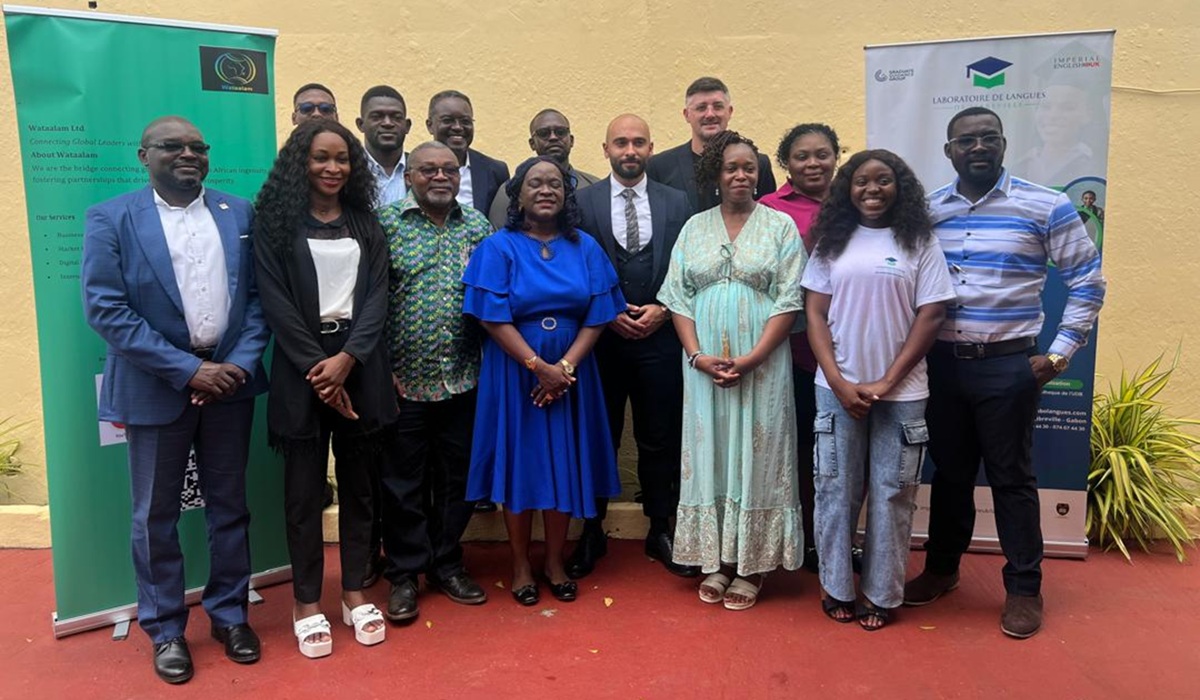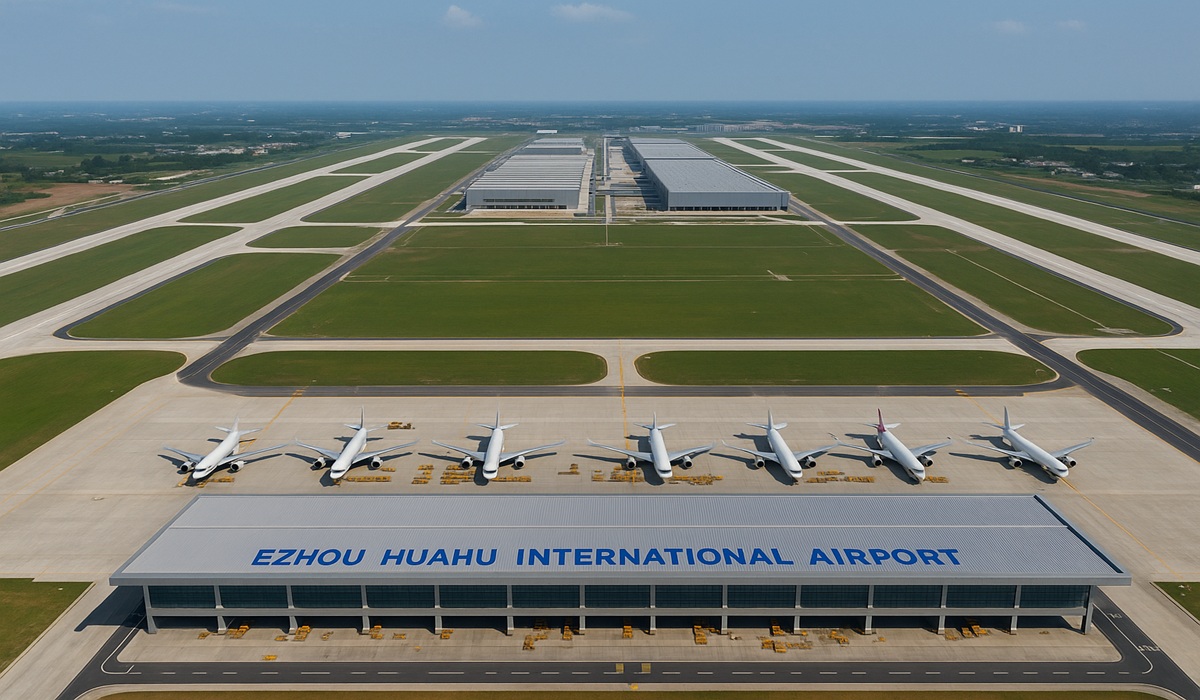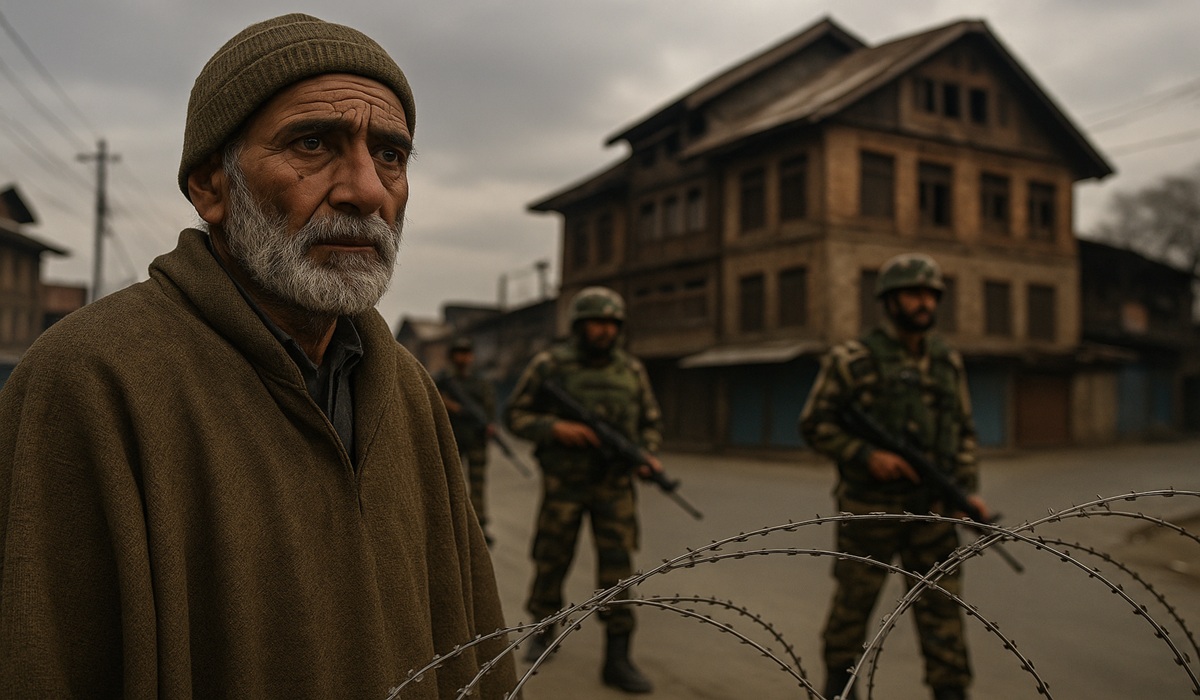Ebola Strikes Again in the Democratic Republic of the Congo: Understanding the Persistent Threat
- Naomi Dela Cruz
- Africa
- Trending News
- September 8, 2025

The Democratic Republic of the Congo is once again confronting the deadly reality of Ebola virus disease, a stark reminder that this lethal virus has not gone away and continues to pose a serious threat in regions where it is endemic. On the 1st of September 2025, the Ministry of Health of the DRC alerted the World Health Organization to suspected cases of Ebola in the Bulape Health Zone, Kasai Province. The first known index case was a pregnant woman at 34 weeks of gestation who was admitted to Bulape General Reference Hospital on August 20th with a high fever, bloody diarrhoea, vomiting, extreme weakness, and signs of hemorrhage. Despite receiving medical attention, she succumbed to multiple organ failure on the 25th of August, marking the tragic beginning of the latest outbreak. Two healthcare workers who initially cared for her developed similar symptoms and also died, underscoring the virus’s terrifyingly high fatality risk and the vulnerability of frontline staff. By September 4th, 2025, a total of 28 suspected cases had been reported in the Bulape and Mweka health zones, with 15 deaths recorded, four of whom were healthcare workers. Laboratory testing confirmed Ebola virus in five of the six collected samples, and genome sequencing indicates that this is a new zoonotic spillover event, not directly related to previous outbreaks in the region.
Ebola virus disease is notorious for its severe and often fatal progression. The virus belongs to the species Orthoebolavirus Zairense and is transmitted to humans through direct contact with the blood or secretions of infected wildlife. Once introduced into human populations, Ebola spreads through close contact with bodily fluids, organs, or contaminated materials. The incubation period ranges from two to twenty-one days, typically seven to eleven, during which individuals are not contagious. Transmission begins with the onset of clinical symptoms, and risk increases as illness progresses. The disease manifests with an abrupt fever and general symptoms such as abdominal pain, fatigue, and myalgia, which often evolve into vomiting, diarrhea, and in severe cases, hemorrhaging. Pregnant women face additional risks, including spontaneous abortion, and survivors may experience long-term complications like joint pain, neurocognitive difficulties, and eye problems. Family members, caregivers, healthcare workers, and those involved in burial ceremonies are particularly vulnerable to infection. The disease’s case fatality ratio is high, averaging around 50 percent, though it can range from 25 to 90 percent depending on the outbreak and the quality of care available.
The recurrence of Ebola in the DRC and other African nations often prompts questions about why these outbreaks keep happening and why they appear so concentrated in certain regions. The reality is rooted in ecology and circumstance rather than conspiracy. Ebola is endemic in certain wildlife species, likely bats, that serve as natural reservoirs for the virus. Human populations living in proximity to these animals are at increased risk, particularly when hunting, handling, or otherwise interacting with wildlife. Rural areas, limited access to healthcare, and ongoing socio-political instability complicate containment efforts. The DRC, for example, is simultaneously managing outbreaks of other diseases such as cholera, mpox, and measles, while facing long-standing economic and political challenges that strain the nation’s capacity to respond effectively. This combination of ecological risk and systemic vulnerability creates the conditions for repeated outbreaks. While some might speculate about deliberate, manufactured, or organized causes, there is no credible evidence supporting such claims. Each outbreak is typically an independent event arising from natural spillover, not human orchestration.
Despite the fear and devastation Ebola brings, significant advances have been made in recent years that offer hope. Vaccines and therapeutic treatments are now available that can dramatically reduce mortality when applied promptly. The Ervebo vaccine, a single-dose vaccination recommended for ring immunization, is deployed to protect contacts of confirmed or suspected cases and frontline healthcare workers. In the current outbreak, a stockpile of 2,000 doses in Kinshasa is being readied for deployment to the affected areas. Additionally, monoclonal antibody therapies have proven effective in treating Ebola patients. Inmazeb, a combination of three antibodies, and Ebanga, a single-antibody treatment, target the virus directly and are used alongside optimized supportive care to increase survival rates. Supportive care, including intravenous fluids, electrolyte management, and monitoring for organ failure, is essential, particularly in remote and resource-limited settings where specialized care may be challenging to provide.
Containment and public health response hinge on swift and coordinated action. The DRC authorities, supported by WHO and partner organizations, have activated crisis committees at local and provincial levels, initiated risk communication and active surveillance, and ensured isolation of cases with proper infection prevention and control measures. Contact tracing, ongoing investigations, and community engagement are critical components in halting further transmission. Healthcare facilities are implementing rigorous biosecurity measures, including proper personal protective equipment and hand hygiene protocols, safe waste disposal, and the maintenance of clean and hygienic environments to reduce the risk of healthcare-associated infections. Collaborative relationships with survivor associations are also prioritized, as the virus can persist in certain body fluids of recovered individuals, posing a risk of secondary transmission. Neighboring countries are encouraged to enhance preparedness and coordinate with DRC authorities to detect and isolate potential cases early.
The current outbreak is the sixteenth recorded in the DRC since Ebola’s discovery in 1976, demonstrating the country’s recurring exposure to this virus. Yet, it is essential to understand that outbreaks are not inevitable catastrophes. Early detection, vaccination, proper treatment, and robust public health infrastructure can prevent the exponential spread of Ebola. Western nations, while exposed to the virus through travel or imported cases, rarely experience outbreaks of similar scale because they have strong healthcare systems, effective infection control measures, and the ability to rapidly isolate and treat cases. The recurring outbreaks in African nations reflect ecological realities and systemic vulnerabilities rather than negligence or external malfeasance.
As the world watches the 2025 outbreak in Kasai Province unfold, it serves as both a warning and a lesson. Ebola will likely continue to emerge as a natural hazard in regions where human populations interact with wildlife reservoirs. The challenge lies in minimizing transmission, protecting healthcare workers, deploying vaccines effectively, and supporting affected communities during and after outbreaks. Science, public health measures, and community engagement remain the most potent tools against the virus. The presence of effective vaccines and monoclonal antibody therapies demonstrates that Ebola is no longer an untreatable mystery, but its management requires vigilance, resources, and global solidarity. As new outbreaks arise, understanding the natural, social, and systemic drivers behind them is crucial to ensuring that communities are not only protected in the moment but better prepared for the future, turning repeated tragedies into opportunities for learning, resilience, and hope.








